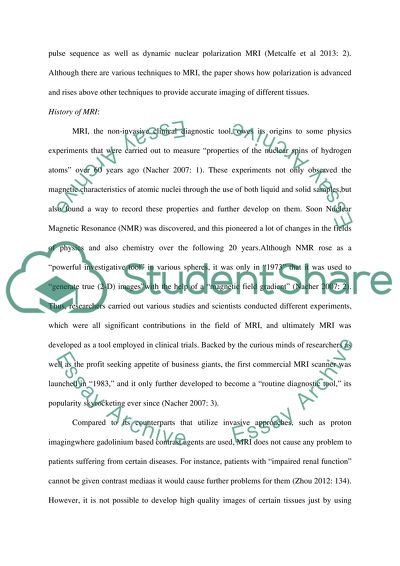Cite this document
(“Dynamic Nuclear Polarization MRI.What is it and what is its potential Essay”, n.d.)
Retrieved from https://studentshare.org/health-sciences-medicine/1489603-dynamic-nuclear-polarization-mriwhat-is-it-and
Retrieved from https://studentshare.org/health-sciences-medicine/1489603-dynamic-nuclear-polarization-mriwhat-is-it-and
(Dynamic Nuclear Polarization MRI.What Is It and What Is Its Potential Essay)
https://studentshare.org/health-sciences-medicine/1489603-dynamic-nuclear-polarization-mriwhat-is-it-and.
https://studentshare.org/health-sciences-medicine/1489603-dynamic-nuclear-polarization-mriwhat-is-it-and.
“Dynamic Nuclear Polarization MRI.What Is It and What Is Its Potential Essay”, n.d. https://studentshare.org/health-sciences-medicine/1489603-dynamic-nuclear-polarization-mriwhat-is-it-and.


